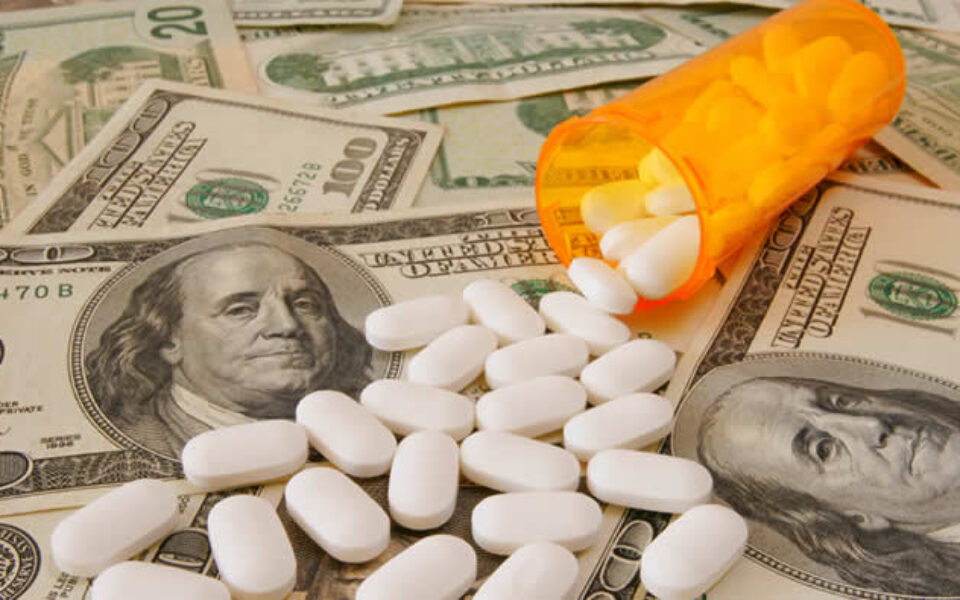Rising Drug Prices: An Increasing Challenge for Hospitals
By Darlene Angelucci, Director, Assurance Services

Over the past few years, the majority of hospitals are being forced to juggle budget priorities to accommodate increasingly expensive drugs. A recent survey conducted by National Opinion Research Center at the University of Chicago, an independent research institution, showed that from fiscal year 2015 to 2017, approximately two thirds of surveyed hospitals reported that increases in drug prices had a moderate to severe impact on their budgets. Hospital executives reported that increased drug spending impacted many aspects of their operations, and as a result, they have had to implement control spending measures including, but not limited to, changes in daily operations and system-wide strategies.
A recent report released by the American Hospital Association (AHA), the Federation of American Hospitals (FAH), and the American Society of Health-System Pharmacists (ASHP) found that hospital budget pressures resulting from ongoing dramatic increases in drug prices are having a negative impact on patient care. In response to these pressures, hospitals are being forced to reduce staffing, identify alternative therapies, and delay infrastructure investments. In addition, hospitals are also struggling with shortages of many critical medications, which can lead to disruption of typical work patterns and patient care, and can often require significant staff time to address.
Some of the key highlights of the report:
- The average total drug spending per hospital admission increased by 18.5% between FY2015 and FY2017.
- Significant percentage increases (more than 80%) of unit price were seen across different classes of drugs, including those for anesthetics, parenteral solutions, and chemotherapy.
- More than 90% of surveyed hospitals reported having to identify alternative therapies to manage spending, and one in four hospitals had to reduce staffing to mitigate budget pressures.
- Approximately 80% of hospitals found it extremely difficult to obtain drugs that are in short supply.
It is clear that we are in the middle of a prescription drug spending crisis that not only threatens patient access to care, but also hospitals’ and healthcare systems’ ability to provide the highest quality of care. To reduce the strain on patient care, healthcare organizations and policy makers need to collectively develop solutions to control the rapidly rising drug prices as well as the drug shortages.
FAH President and CEO Chip Kahn views the current situation as “a developing crisis.”
“Relentless drug price increases and all-too-frequent shortages of critical medications are eroding the capacity of hospitals to provide our patients needed care… We believe policymakers should act now to protect patients,” he said.
Currently at the forefront of efforts to combat this crisis is the ASHP. They are diligently working with government agencies and partners such as AHA and FAH, to continue to offer policy solutions and a roadmap for the changes necessary to ensure optimal care for patients.


















